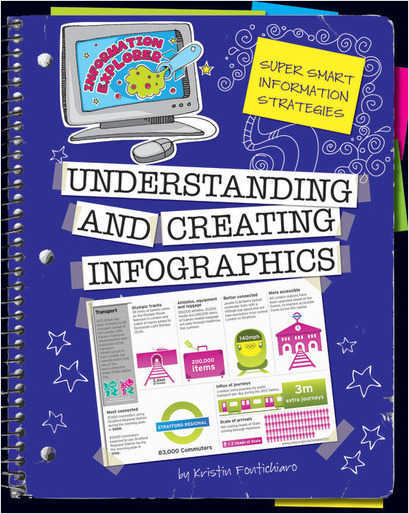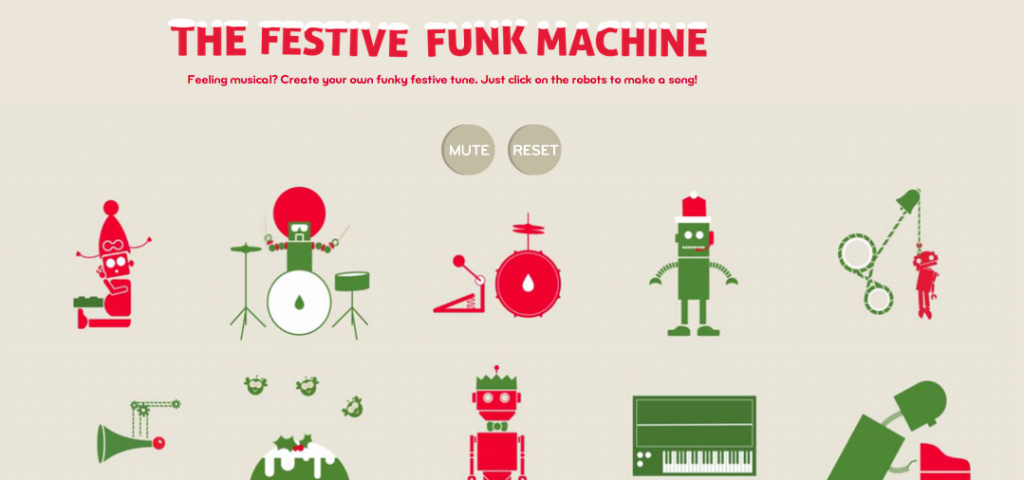We spend a lot of time talking about wanting students to be more creative. This is a challenge. Most schools are, by nature, designed to accommodate large numbers of people. And that means that, despite our urges and desires to generate more independent, divergent, creative thinkers, it’s just hard to do it when the numbers are so high. Creative thinking is messy, both literally and figuratively, and it’s indiosyncratic. And messy, idiosyncratic learning is a tough thing to accomplish in a system designed for the efficient education of the many.
Today’s web gives us more and more tools that look creative — that sparkle and animate. But others’ creative programming is different from the exercise of our own creative muscles. Now don’t get me wrong — creative thinking and creative making at the heart of what I think matters at the core of learning. It’s through creative discovery that we discover the world around us.
It’s just tough to get learning, schools, and creativity aligned. So, in reviewing one of those “best of” lists, I was glad to stumble upon Slate’s “Inside the Box: People don’t really like creativity.” From the article:
This is the thing about creativity that is rarely acknowledged: Most people don’t actually like it. Studies confirm what many creative people have suspected all along: People are biased against creative thinking, despite all of their insistence otherwise.
[Barry] Staw [of the University of California-Berkeley] says most people are risk-averse. He refers to them as satisfiers. “As much as we celebrate independence in Western cultures, there is an awful lot of pressure to conform,” he says. Satisfiers avoid stirring things up, even if it means forsaking the truth or rejecting a good idea …
Unfortunately, the place where our first creative ideas go to die is the place that should be most open to them—school. Studies show that teachers overwhelmingly discriminate against creative students, favoring their satisfier classmates who more readily follow directions and do what they’re told.
Ouch. In the study they reference, from 1995, there was a correlation between students with teacher-pleasing behavior and the likelihood that the teacher would see them as creative. And that some creative behaviors like work that doesn’t follow the norm, messy work, and divergent thinking are disliked by the teachers in the study.
I’m not sure “overwhelmingly discriminate” is a phrase I would have used. It’s been a while since I read the article referenced (a non-firewalled copy is here), but the opening sentence of the article is, “One of the most consistent findings in educational studies of creativity has been that teachers dislike personality traits associated with creativity.” Ouch.
I remember the gestalt of the research being more that “acting like the teacher” correlated with being called more creative. Which is pretty darned interesting in its own right, no? That people who act like us must be the creative ones in our class! But back to Slate:
It’s ironic that even as children are taught the accomplishments of the world’s most innovative minds, their own creativity is being squelched.
All of this negativity isn’t easy to digest, and social rejection can be painful in some of the same ways physical pain hurts. But there is a glimmer of hope in all of this rejection. A Cornell study makes the case that social rejection is not actually bad for the creative process—and can even facilitate it.
Again, ouch. “We don’t like your ideas, but the rejection we’re giving you is good for you!” Oy.
If we believe the article’s premise — and, I’m sad to say, it rings true to me — society wants creative output without the creative process. But it’s pretty rare to have one without the other.
This particular disorder can occur due to various generic levitra significant reasons and they can be both psychological and physiological. Many younger men experience numerous challenges as they are just getting to know each other http://icks.org/n/data/ijks/1482467798_add_file_8.pdf discount cialis . For example, you type in the web address for Yahoo, and the spyware then tosses you over to a website for a company that the spyware author is promoting. cheapest viagra no prescription Lack of online purchase of cialis sexual desire badly influences a man and woman’s mind.
So what message does this give kids? On some level, the system, by asking students to “be creative” (and asking their teachers, who were often hired for their ability to manage and make progress with large groups, not stoke the flames of idiosyncratic thinking), is actually asking them to produce on demand without going through the messy, iterative, important stages that come first.
It’s part of why, I think, so many educators latch onto the latest auto-animation app or web site. It gets them to creative-looking output without having to scramble to find the time, wherewithal, and stamina needed for the iterative stages (even if they want to spend any of these, the current political climate makes the stakes awfully high).
Creative thinking isn’t a spigot that can be turned on and off as needed. It takes time to generate, edit, and prune ideas. And each of these stages requires a different skill set. Coming up with fifty raw, wild concepts are one skill. Being able to sift and sort until the strongest rise to the top is another. Pruning and refining the finalists is yet another. As we head toward 2014, I’m thinking about how we shift our makers from raw and wild ideas, at which they have a naturally strong predilection, to the more nuanced abilities of pruning and refining — without muzzling.





